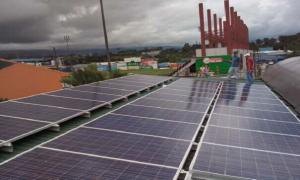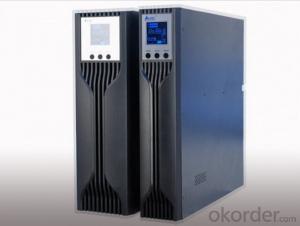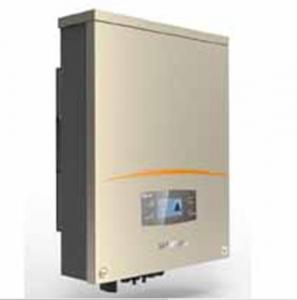Solar Edge Inverter App
Solar Edge Inverter App Related Searches
App For Solar Inverter Solar Edge Inverter Tesla Solar Inverter App Inverter Solar Edge Best Solar Inverter App Solis Solar Inverter App Solar Edge Solar Inverter Delta Solar Inverter App Sofar Solar Inverter App Huawei Solar Inverter App Buy Solar Edge Inverter Sma Solar Inverter App Abb Solar Inverter App Solar Edge Hybrid Inverter Solar Edge Inverter Spec Sheet Solar Edge Inverter Manual Solar Edge Micro Inverter Solar Edge Inverter Models Solar Edge Inverter Efficiency Solar Edge Energy Hub Inverter Solar Edge Inverter Specs Solar Edge Inverter Wifi Solar Edge Inverter Uk Solar Edge Inverter For Sale Reset Solar Edge Inverter Solar Electric Inverter Solaredge Solar Inverter Solar Edge Inverter Problems Solar Edge Inverter Lights Solar Energy InverterSolar Edge Inverter App Supplier & Manufacturer from China
Solar Edge Inverter App is a comprehensive tool designed for managing and monitoring solar energy systems. It encompasses a range of products, including inverters, power optimizers, and energy storage solutions, all aimed at enhancing the efficiency and performance of solar installations. This app allows users to track energy production, monitor system health, and optimize energy consumption, making it an invaluable resource for homeowners, businesses, and solar professionals alike.The Solar Edge Inverter App is particularly useful in scenarios where precise control and monitoring of solar energy systems are required. It enables users to access real-time data and analytics, which can be used to make informed decisions about energy usage and system maintenance. This application is also beneficial for troubleshooting and identifying potential issues within the solar energy system, ensuring optimal performance and longevity. By providing a user-friendly interface and a wealth of features, the Solar Edge Inverter App has become an essential tool for anyone involved in the solar energy industry.
Okorder.com is a leading wholesale supplier of the Solar Edge Inverter App, offering a vast inventory of this product to customers worldwide. As a reputable platform, Okorder.com ensures that customers receive high-quality products at competitive prices, making it an ideal choice for those seeking to purchase the Solar Edge Inverter App for their solar energy systems. With a commitment to customer satisfaction and a focus on providing reliable solutions, Okorder.com stands out as a trusted source for the Solar Edge Inverter App and other solar energy-related products.
Hot Products
















































